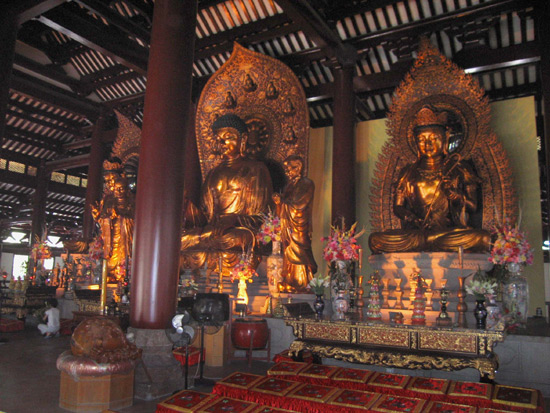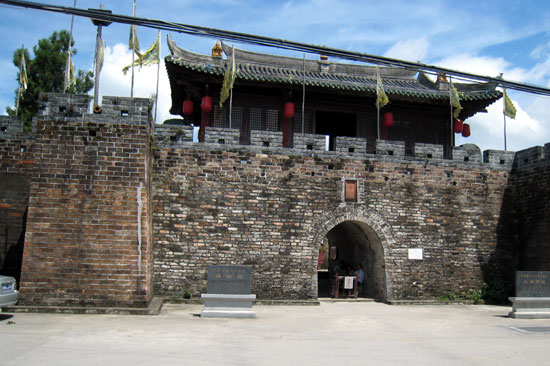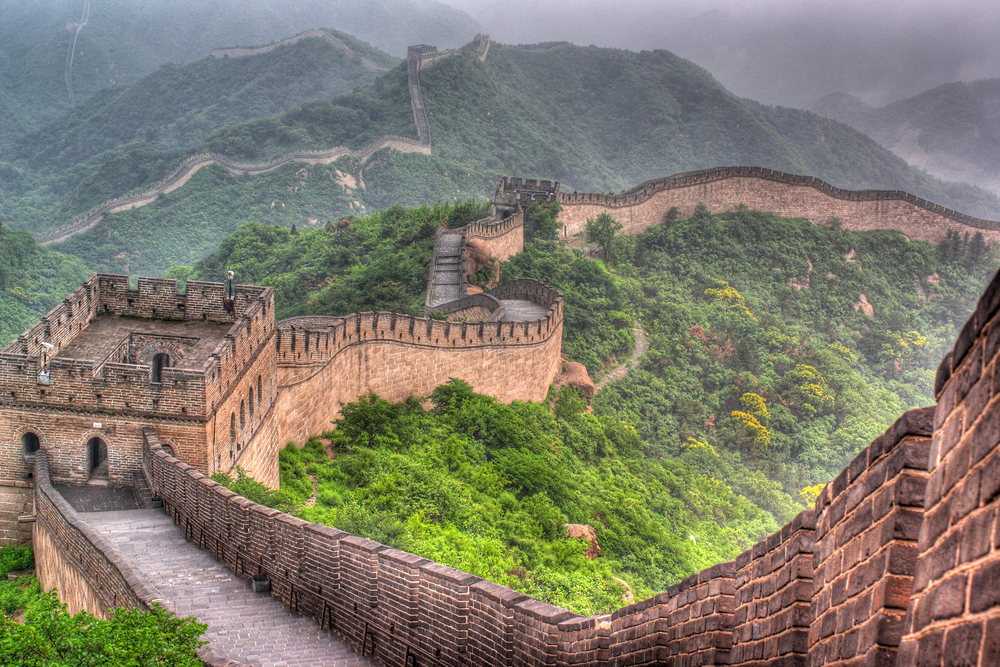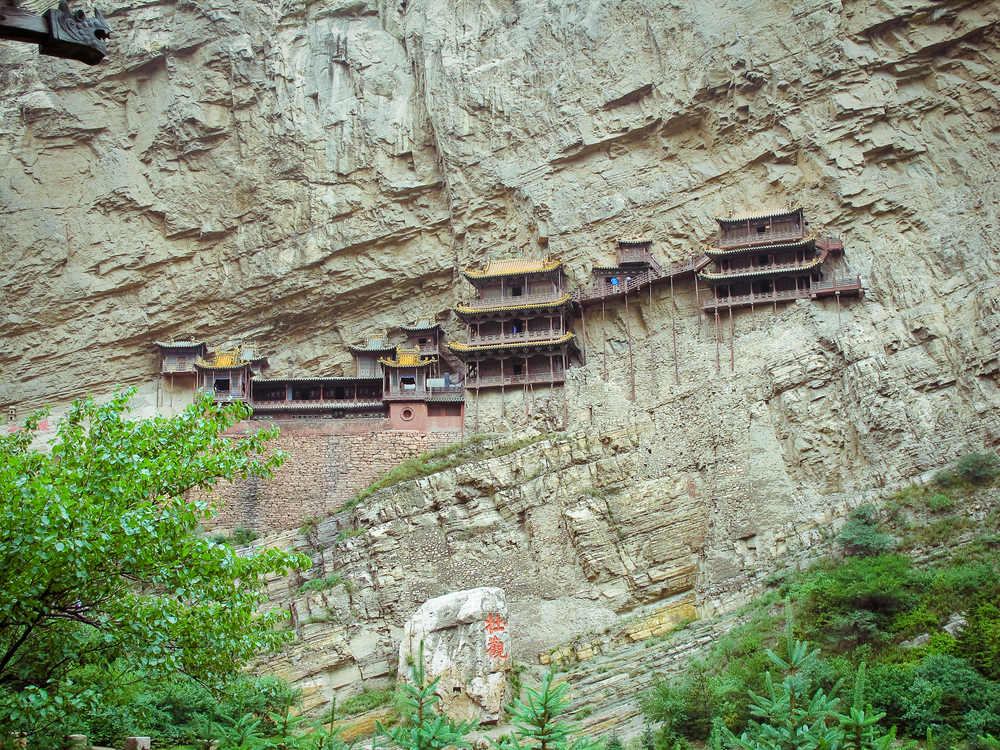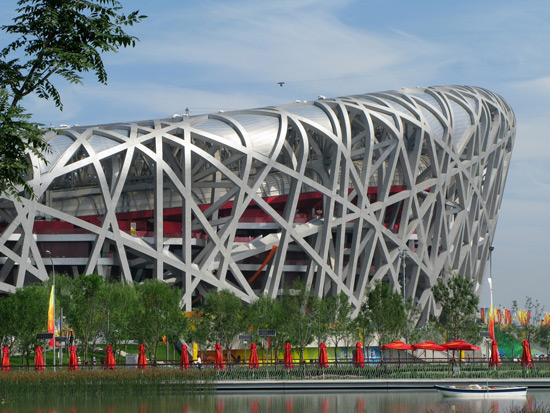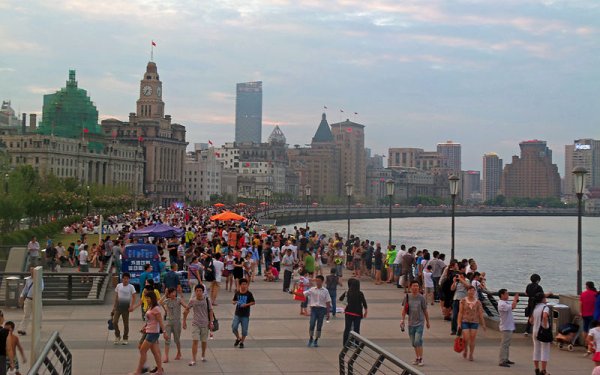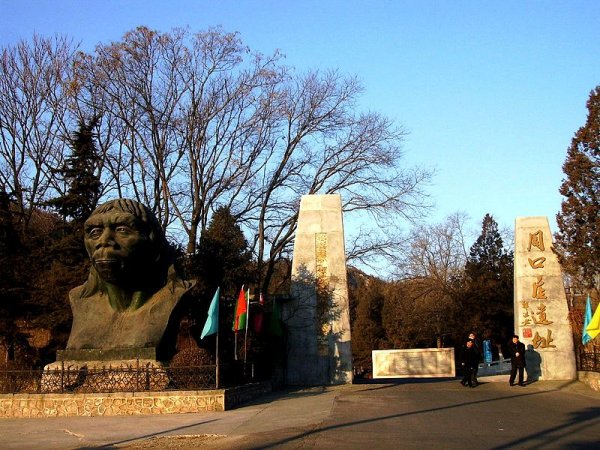Points of Interest
Bright Filial Piety Temple
109 Guangxiao Lu
Guangzhou, China
According to legend, this important Zen Buddhist temple's long history dates back to before the founding of Guangzhou itself! Built sometime during the Western Han Dynasty, the temple served multiple functions over the years, including private residence and educational institute, before being converted into a shrine. The Guangxiao Si constitutes one of the most important Zen Buddhist centers in all of China and was the site of Zen master Daijan Huineng initiation. Be sure to check out the two iron pagodas that flank the temple. Dating back to the 960s CE, they are believed to be the most ancient of their kind in China.
Dapeng Fortress
Nanmen West Street
Longgang District
Shenzhen, China
Around 50 kilometers (30 miles) from Shenzhen city center, this incredibly well-preserved fortress stands as a tribute to an earlier day in the area's history. Built in the 1300s, the Dapeng Fortress rests on a hill in the Longgang District, overlooking the entirety of Maodong Bay, which provides the eastern entrance into Shenzhen's protected waters. The fort was the principal defensive structure for the area during the Ming Dynasty, especially against invading Japanese pirates, and also served as an important guard of the bay during the Opium Wars. Inside the walled fort is a traditional village that, because of its protected isolation, offers a well-conserved view into early Shenzhen life. The fortress is open every day and adult admission costs around ¥20.
Great Wall of China
Shanhai Pass in the east to Lop Nur in the west
China
The Great Wall of China is a series of fortifications made from earth, brick, and stone. It was built and rebuilt many times from the 5th and 6th centuries BCE to the 16th century CE, to protect the northern borders of the Chinese empire. With a length of more than 6,437 kilometers (4,000 miles), the Great Wall of China is the longest manmade structure in the world. The wall has a series of towers located at regular intervals and runs roughly along Mongolia's southern border. It remains one of China's major tourist attractions.
Hanging Temple
Mount Heng
Shanxi, China
The Hanging Temple is a Buddhist temple built into the west cliff of the Jinxia Gorge, at the foot of Mount Heng. Built in 491, the Hanging monastery is an architectural wonder that blends a unique mechanical theory with aesthetics. It is a very big temple, with 40 cabinets and halls that contain about 80 sculptures made of stone, iron, copper, and terracotta. Due to its unique location, the temple is protected from the damage caused by rain, snow, and sunlight. Another reason for its unique location is that it helps maintain an important Taoist belief, absolute quietness.
Martyrs Cemetery of the Guangzhou Uprising
92 Zhongshan Second Lu
Guangzhou, China
On December 27, 1927, local communist militia launched a rebellion in an attempt to take over the city. Although they were driven back and the uprising eventually failed, it spurred other uprisings across China that eventually led to the communist takeover some 20 years later. Around 5,000 people were involved in the skirmish, many of whom perished and now lie in this memorial cemetery. The park is arranged in a cross shape with the pointed Insurrection Monument at the north end and the rest of the park spreading in lawns and ponds from the east end beyond the martyrs' tomb. Though the themes presented here might move one to somber reflection, the layout and overall feeling of the park are tasteful and serene.
Ming Tombs
Changchi Road
Changping District
Beijing, China
Situated at a spot selected by the third Ming emperor, Yongle, the Ming Tombs contain the bodies of 13 Ming emperors, starting with Yongle. Built according to the laws of feng shui, the tombs cover an area of 40 hectares (100 acres). They are surrounded by a wall and a 7-kilometer (4.4-mile) road known as Shen Dao (Spirit Way). At the entrance, the tombs are guarded by a large red gateway with three arches, the Great Red Gate.
Olympic Green
Olympic Park
Beijing, China
In 2008, the Summer Olympic Games took Beijing by storm, transforming the city into a sporting wonderland. Numerous new structures went up, including the huge Olympic Green, home to the National Stadium (known as the Bird's Nest because of its chaotically interlaced steel design) and the National Aquatics Center (also called the Water Cube because of its plastic, bubbled exterior), both of which are open to the public for tours. The grounds themselves make for an interesting few hours of sightseeing, and the large forest park to the north of the Green is a lovely open space with canals and parkland. Tickets to the Stadium and Aquatics Center are sold separately and offer access to each of the buildings to see where the main Olympic events were held in 2008.
The Bund
East Zhongshan Road (first road west of Huangpu River)
Shanghai, China
A first stop for most visitors to Shanghai, the Bund is an area of colonial-era buildings that was historically the financial center of China and part of the Shanghai International Settlement. It stretches for about 1.6 kilometers (1 mile) along the Huangpu River and busy Zhongshan Road and was once the docking area for international arrivals by boat. Among the many European colonial buildings are the China Merchant Bank and the Customs House, with its British-style clock tower. A promenade that runs up and down the Bund along the river offers incredible views of the Pudong skyline. This area is particularly popular at night, when it becomes saturated with visitors wanting to catch a glimpse of the surreal skyline aglow in a neon rainbow of light
The Forbidden City
Jingshan Front Street
Beijing, China
The Forbidden City is renowned to foreigners from films and books as the palace complex where the emperors of the Ming and Qing dynasties lived until 1924. To prevent spies and assassins from reaching the emperor, only a few gates permit access to the city. Men and boys over a certain age were not allowed within the palace walls after sunset, and many women and eunuchs spent their lives within those walls. Steeped in history, it was established as a museum in 1925 and is now known as the Palace Museum, China's oldest museum. It holds the country's largest collection of great artistic and historic works. The collection numbers more than a million items and consists of bronze items, pottery, painting, inscriptions, toys, clocks, and court documents. Visitors who have less endurance for museums may walk about the historic structures while waiting for their companions to emerge from the exhibits.
Zhoukoudian
Fangshan District
Beijing, China
Zhoukoudian is famous as the cave residence of Peking Man, who is believed to have lived here 200,000 to 500,000 years ago. With the discovery of a whole skull in 1929, Zhoukoudian became world renowned as the home of the Chinese ape-man, thereby attracting huge numbers of tourists and scientists. The actual site of the caves occupied by Peking Man is on the northern part of Dragon Bone Hill. The hill now has a seven-room exhibition hall dedicated to the Peking Man. One of the caves measures about 43 meters (140 feet) across and 40 m (131 ft) high. Scientists estimate that it was occupied for more than a quarter of a million years.
Copyright © 1993—2025 World Trade Press. All rights reserved.

 China
China 